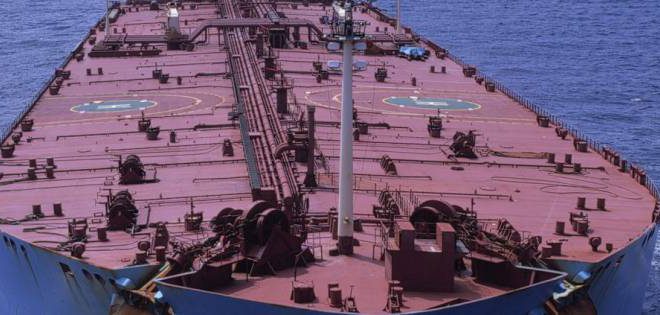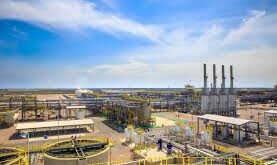Chinese oil refiners may not be able to import US crude at all if the government goes ahead and levies a 25% tariff on American energy products. and this will directly hurt the demand for VLCC tonnage. a senior Sinopec executive said Tuesday.
However. the upcoming US sanctions have not had any impact on China`s crude purchases from Iran. which are moving in line with demand. the executive said.
`It is a policy decision to be taken by the government. but if the proposed tariff is implemented then the Chinese crude imports from the US will not be viable and we may have to stop.` the executive said.
Based on current crude prices. the proposed Chinese tariff will push up the cost of US crude oil delivered into China by as much as $18-$19 b. which will not make economic sense. the Beijing-based executive said.
In such a situation. Chinese refiners will look for alternative sources for lighter grades of crude or reconfigure the blending ratio at the units that are importing US crude. the executive said.
Sinopec expects China`s total crude imports from the US in value terms to more than double in 2018 due to strong demand. but if the proposed tariff is imposed. this will not happen. the executive said.
WTI crude enjoys a discount to Brent crude due to strong output in the Permian basin in the US. China has emerged as one of the largest buyer of US crude amid a slew of refinery expansions in China.
This proposed tariff will have an adverse impact on the ton mile demand for VLCCs. which are employed for a longer duration of more than six weeks. when ships move cargoes from the Americas to North Asia. the executive said. Sinopec mostly imports crude on ships chartered by its wholly owned subsidiary. Unipec.
VLCC rates have got a fresh support in recent weeks due to strong demand for moving crude on long voyages such as from the US to China.
For crude purchases from Iran. the oil refiners in China are using ships which do not have any exposure to the US. and therefore the business is not affected despite the US decision to reimpose sanctions on Iran due to its nuclear weapons program. the executive added.
China`s demand for crude is on the rise because of new refining capacity that is being added in the country. and this is favorable for VLCCs` freight rates though part of it will be offset by increased supply of ships. shipping industry executives said.
Hengli Petchem and Zhejiang Rongsheng`s new 400.000 b d refinery each in Dalian and Zhoushan. respectively. are expected to come on stream in the last quarter of this year. In the same quarter. CNPC`s 100.000 b d and Sinopec`s 200.000 b d incremental capacity in Huabei and Zhanjiang. respectively. are also expected to become operational. they said.
On the OPEC and non-OPEC countries` decision to step up crude output. the Sinopec executive said the actual increase in production is unlikely to be more than 700.000 b d. which is below `our` expectations and will keep crude prices firm.
`In the coming months. we expect Saudi Arabia to step up production by 300.000-400.000 b d. other OPEC members combined by 100.000 b d and Russia by 100.000-200.000 b d. which will be offset by incremental demand and lesser output by some countries such as Venezuela.` the Sinopec executive said.
Importers in China were expecting a million b d rise in crude output by OPEC countries and Russia during the next half of the year. but it is unlikely to happen. the executive added.
As a result the Brent crude futures is expected to remain firm in the third quarter around $72-$75 bbl. though it may ease a little in the fourth quarter to around $70 bbl. on slowdown in demand growth. the executive noted.
 Iran Energy News Oil, Gas, Petrochemical and Energy Field Specialized Channel
Iran Energy News Oil, Gas, Petrochemical and Energy Field Specialized Channel




